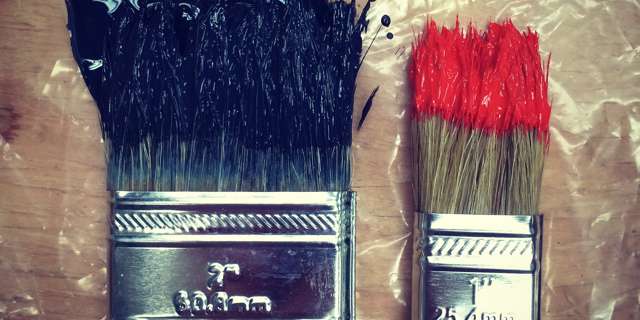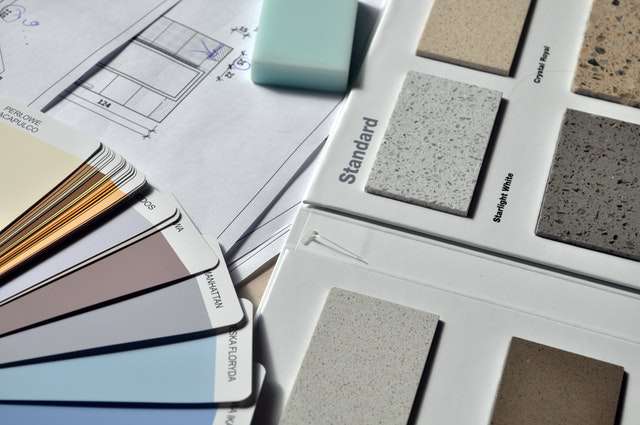
In the world of paint, vibrant new shades are replacing neutrals. Image Source: Unsplash user William Felker
In the past decade, home design blogs have been a virtual sea of greys, whites, and blacks. But recently, something started changing. From pink walls to deep jewel-toned kitchen cabinetry, color is coming back to the world of home decoration.
If a quick scroll through Apartment Therapy doesn’t convince you, perhaps Sherwin Williams’s National Paint Week Color Psychology Study will. Released earlier this year, the study reveals that a full 58% of Americans “say that more vibrant colors should be used throughout the home rather than just neutral tones.”1 Not only can this move away from neutrals liven up your living space, it can actually affect how you feel. “Homeowners shouldn’t stress when trying new colors, and many will likely find it a worthwhile endeavor,” says Dr. Sally Augustin, a color psychology expert at Design with Science. “Vibrant colors can have positive psychological effects. Emerald greens can be energizing, seeing red can give us a boost of strength, and yellow can provide a sense of warmth.”
Of course, the process of picking a paint color is a little more complicated than that; after all, consumers want colors that look as good as they make them feel, and what looks good is constantly evolving. The paint color trends that were all the rage fifteen years ago now look tired and dull. Meanwhile, we may currently have little interest in the shades we’ll be clamoring for in five years. But there was a time when those taupe walls were the height of sophistication and there will probably be a time when we want nothing more than Pantone’s Color of the Year 2022 on our walls.

The evolution of paint color trends is driven by both organic and carefully planned processes. Image Source: Pexels user Pixabay



